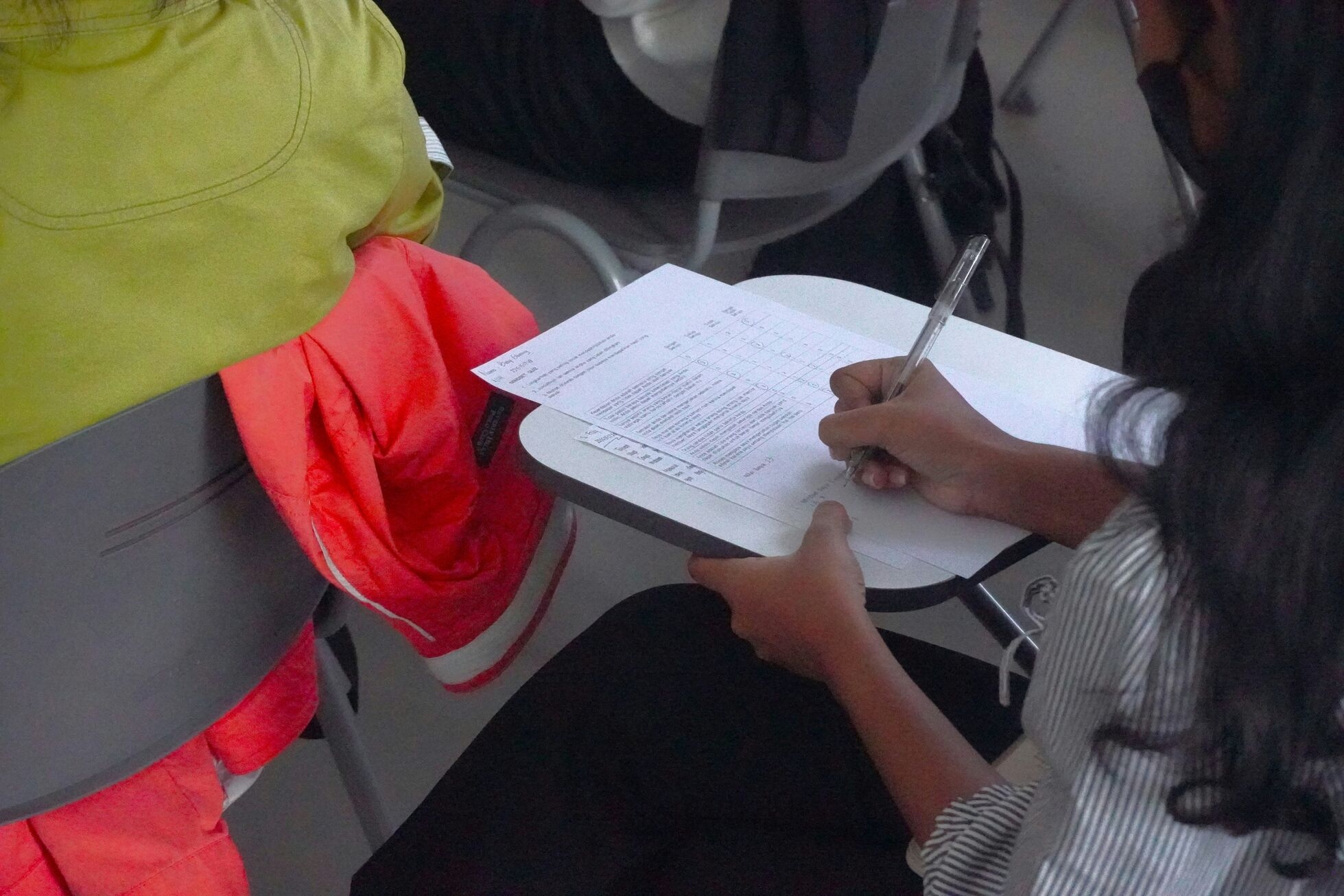If you’re planning to apply to optometry school, the OAT is one of the biggest steps in the admissions process. This standardized test measures your knowledge of science, math, and critical reasoning—skills you’ll need to succeed as a future optometrist. Below, we’ll break down what the OAT is, what’s on it, how to prepare, and what to expect on test day.
What is the OAT and What Does It Stand For?
The OAT stands for the Optometry Admission Test. It is a computer-based exam administered year-round at Prometric testing centers and required by all schools of optometry in the U.S. and Canada. The OAT is designed to test your academic ability and scientific knowledge to ensure you’re ready for the rigors of optometry school.
How Hard is the OAT Exam?
The OAT is challenging, but with the right preparation, it’s absolutely manageable. It covers a wide range of topics—biology, chemistry, physics, reading comprehension, and quantitative reasoning—all in one sitting. Many students describe the difficulty as similar to the MCAT or DAT, with the added challenge of stamina, since the exam is over four hours long.
What’s in the OAT?
The OAT consists of four timed sections:
- Survey of Natural Sciences (90 minutes, 100 questions)
- Biology
- General Chemistry
- Organic Chemistry
- Reading Comprehension (50 minutes, 40 questions)
- Passages on scientific and clinical topics
- Passages on scientific and clinical topics
- Physics (50 minutes, 40 questions)
- Classical mechanics, electricity, optics, thermodynamics
- Classical mechanics, electricity, optics, thermodynamics
- Quantitative Reasoning (45 minutes, 40 questions)
- Algebra, probability, statistics, geometry, word problems
- Algebra, probability, statistics, geometry, word problems
In total, the OAT has 280 multiple-choice questions and takes about 4 hours and 30 minutes, including an optional break.
OAT Test Taking Tips
On OAT reading sections, certain words and phrases reveal how a passage is structured. Knowing what they signal makes it easier to identify main ideas and answer questions accurately.
- Names: Pay attention to names of people, places, or terms—they often show up in questions.
- List Markers: Words like first, second, third indicate multiple examples. Treat them like bullet points.
- Transition Words: These reveal shifts or support in the author’s argument.
- Change in direction: yet, but, however, although, despite
- Supporting points: also, additionally, furthermore, in addition
- Conclusions: Phrases like therefore, thus, in conclusion highlight the author’s main idea.
- Attention Words: Words like key, crucial, especially, notably signal important points.
By training yourself to recognize these signals, you’ll save time and better understand the author’s reasoning.
How to Prepare for the OAT Exam
Preparation is the key to success on the OAT. Here’s how to get started:
- Timeline: Most students prepare for 2–4 months, depending on their science background.
- Study Resources: Use official practice tests from the ADA, OAT Bootcamp, or Kaplan for structured prep.
- Focus Areas: Prioritize biology, chemistry, and physics, as these often require the most review.
- Practice Exams: Take full-length practice tests to build endurance and pinpoint weak areas.
- Study Schedule: Aim for 2–4 hours per day of focused study, increasing intensity as test day approaches.
If you’re ready to start, OAT Bootcamp gives you everything you need in one place—realistic practice questions, full-length exams, and daily study schedules designed for the real OAT.
When to Take the OAT Exam
The OAT is offered year-round, and you can schedule it whenever you feel ready. Most students take it the summer after their sophomore or junior year, once they’ve completed the necessary prerequisite science courses. You can take it after registering for the OAT.
Since optometry schools operate on rolling admissions, it’s best to take the OAT at least a year before you plan to start optometry school. This ensures your scores are ready in time for applications.
How do I apply for the OAT
Follow ADA’s OAT candidate guide.
How much does the OAT cost?
Fees for the OAT are non-refundable and non-transferrable and are paid in US dollars.
- Examination Fee: $520
- Score Report Fee: $50
- Score Audit Fee: $65
- Eligibility Extension Fee: $145
How much does rescheduling the OAT cost?
- 30 or more business days: $40
- 5 to 29 business days: $70
- 1 to 4 business days: $150
What to Bring to the OAT Exam
On test day, make sure you arrive 30 minutes early with:
- Two forms of valid ID (one must be government-issued with a photo and signature).
- Prometric confirmation email for your appointment.
You cannot bring personal items into the exam room, but Prometric will provide you with:
- Scratch paper and pencils
- A basic on-screen calculator for the Quantitative Reasoning section
During breaks, you can access your locker for food, water, or other personal items.
Get everything you need in one place. Start studying today for free.
















